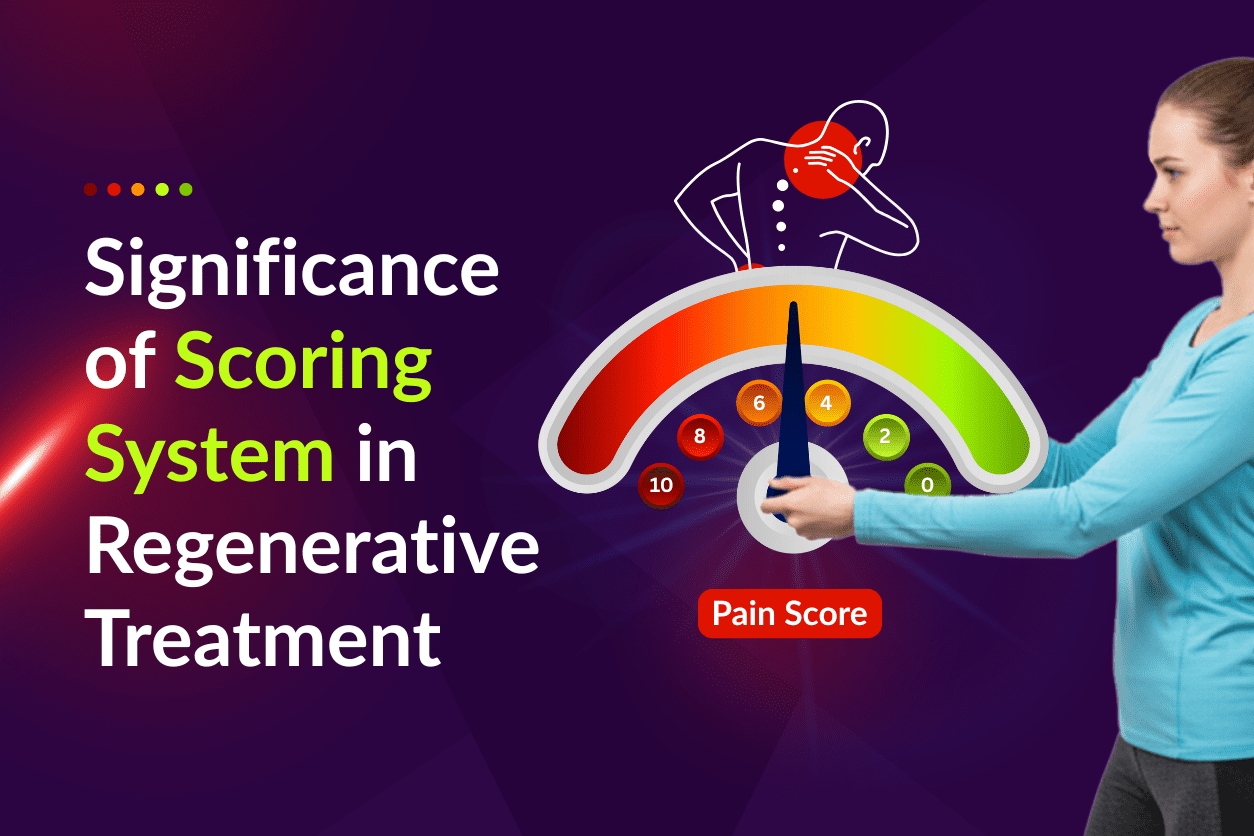
Stem cell therapy has become one of the most talked-about advances in modern regenerative medicine. From easing chronic joint pain...

As practitioners in the field of high-level Interventional Orthobiologics (IO), we often face the dilemma of whether to treat patients based solely on degenerative changes seen on imaging, despite the absence of symptoms. This situation presents unique ethical challenges, especially as our field is one of the first to tackle these issues for degenerative musculoskeletal conditions. It is essential to distinguish between what constitutes a sensible approach and what could potentially be malpractice.
Consider two scenes: a young patient with multiple disc bulges on an MRI with lesser symptoms, and a 40-yeared patient with mild, asymptomatic chondromalacia in the left knee and symptomatic right knee osteoarthritis. Both patients should receive treatment, but where should we put the ethical line?
Injecting spinal intervertebral discs have vital risks. Discitis is an infection that affects the bacterial balance of the disc. This may lead to severe pain with the rising need for IV antibiotics and surgery. The incidence of discitis varies from 0.44% to 0.15%, translating to a risk of 1 in 227 to 1 in 667 cases. Make sure to inform the patients about the effect of 1 in 300 chances, as the possibility for severe issues often prevents them from opting for the procedure [1].
For disc treatment that causes significant pain and disability, the risks might be warranted if the patient understands the possible benefits versus risks. However, treating degenerative but likely asymptomatic discs is much less clear-cut. For instance, in a recent case, a patient with mild axial low back pain had multiple discs injected with fibrin glue without relief. On reviewing his MRI and history, it was determined that only a few discs might be symptomatic, and chose to treat only those with hypoxic-conditioned mesenchymal stem cells, which have shown potential in reducing disc bulge size [2, 3].
When considering less risky procedures, such as intra-articular injections for knee OA, the calculus changes. The danger of iatrogenic septic arthritis from joint injections is lower, estimated at 1 in 20,000 to 1 in 500,000. Due to this lesser risk, orthobiologics in preventative situations might be more acceptable, if the evidence supports their disease-altering abilities.
For example, high-dose PRP injections alter the progression of knee osteoarthritis in some studies, making them a practical preventative treatment option for an asymptomatic knee with mild chondromalacia. However, the proof must be concrete; or else, low-risk procedures might not be morally justifiable.
The justification for using orthobiologics depends on their ability to alter disease progression. In the case of disc injections, we are short of robust proof from randomized controlled trials where BMS, PRP, or hypoxic culture-expanded mesenchymal stem cells can constantly slow down degenerative disc disease. Conversely, PRP treatment for knee OA has shown more promising results in disease modification.
This ethical framework considers scenarios where patients exhibit no pain or disability but have abnormal imaging findings. For least risk procedures like knee OA PRP injections, the structure supports preventative treatment (green light). For conditions with indistinct evidence of disease alteration, the result should be made collaboratively between the patient and doctor after systematic informed consent (yellow caution light).
High-risk procedures without evidence of disease modification, such as disc injections for asymptomatic degenerative changes, are deemed unjustifiable and receive a red light. This framework discourages interventions like fibrin glue injections in discs that show no evidence of disease modification.
Ethical challenges are common in regenerative medicine. For example, offering IV umbilical cord stem cells for anti-aging without clear proof of effectiveness is difficult. Although the risk from an IV could be low, no one is aware of its long-term risks. By adhering to a self-imposed ethical framework, IO can maintain a higher standard of care than those promoting unproven anti-aging treatments.
Given that most IO treatments are paid out-of-pocket, oversight is minimal. While insurance companies are often criticized, they provide a basic framework for evidence-based treatment decisions. In the absence of such misunderstanding, the intention to satisfy patient demands can negotiate ethical standards. Hence, it is vital for the IO field to take on rigorous ethical strategies to certify patient safety and sustain the integrity of the practice.
In summary, the ethical preparation of high-level Interventional Orthobiologics requires a meticulous thought of patient risk and proof of disease alternation. By utilizing a controlled ethical framework, we can navigate the complexities of preventative orthobiologic therapies and sustain the principles needed for IO to get extensive recognition and value.

Stem cell therapy has become one of the most talked-about advances in modern regenerative medicine. From easing chronic joint pain...

Stem cell therapy has become one of the most talked-about advances in modern regenerative medicine. From easing chronic joint pain...

Regenerative medicine repairs damaged tissues, generate new cartilage, reduce inflammation, and slow down joint degeneration.

As practitioners in the field of high-level Interventional Orthobiologics (IO), we often face the dilemma of whether to treat patients...

We use essential cookies to make our site work. We'd also like to set analytics cookies that help us make improvements by measuring how you use the site. Clicking Reject All only enables essential cookies. For more detailed information about the cookies we use, see our Cookies page. For further control over which cookies are set.
Thank you {{_full_name}}!
We will be in contact with you shortly.